![Titan]() The Enablia TitanSDR is a multi-channel HF receiver with parallel demodulation, recording and analysis of up to 40 simultaneous HF simultaneous emissions.
The Enablia TitanSDR is a multi-channel HF receiver with parallel demodulation, recording and analysis of up to 40 simultaneous HF simultaneous emissions.
According to Enablia, the TitanSDR is designed for homeland security and foreign intelligence (SIGINT and COMINT), military communications, environmental protection (from electromagnetic pollution), detection of interfering or illegal electromagnetic emissions (by national radio frequency agencies) and general purpose spectrum analysis.
Of course, the TitanSDR is a capable, multi-channel receiver for the discerning DXer.
The following instructional video shows how the TitanSDR application is configured and used.
Click here to download the TitanSDR data sheet.
Note: A review of the TitanSDR will be published in The Spectrum Monitor magazine and, later, on the SWLing Post.
Key features:
- Direct conversion Front-End architecture
- 9 kHz to 32 MHz frequency coverage
- 16 frequency preselectors
- High front-end linearity
- One to four parallel Wideband channels (312.5 KHz to 2.1875 MHz wide)
- Up to 40 parallel Narrowband channels
- Modes: SSB, AM, NBFM, CW, eSSB, FSK, DRM
- High frequency resolution Panoramic Spectrum (305 Hz RBW)
- Wideband and Narrowband spectrum and waterfall (with custom palette)
- Record-and-replay of Wideband channels
- Scheduler of recording activities
- Tight integration with Krypto500 decoder by Comint Consulting
- Support for Code300-32 decoder by Hoka Electronic
Resources:
Enablia Electronics and Communications

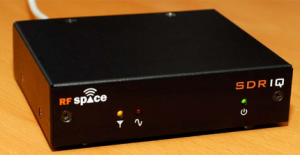

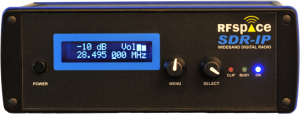

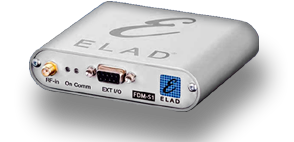
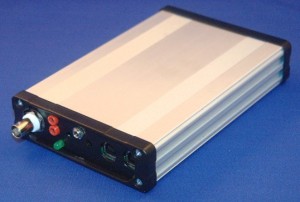
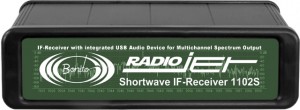
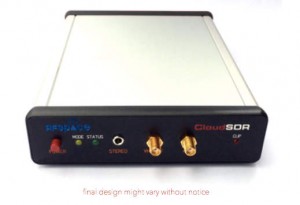
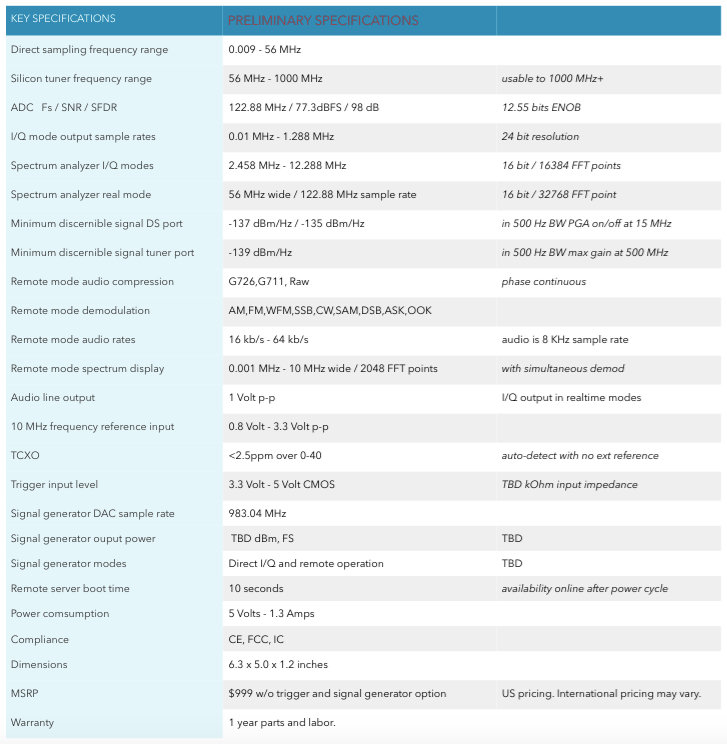
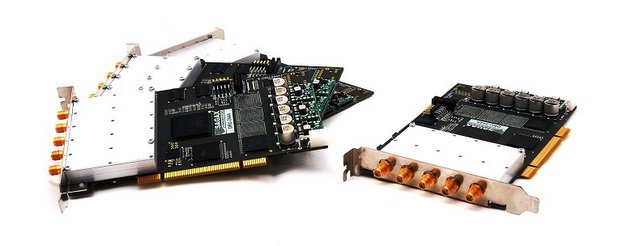
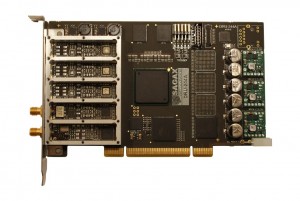
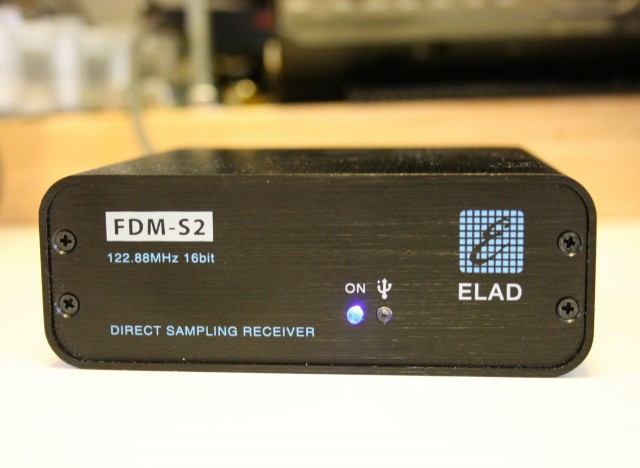

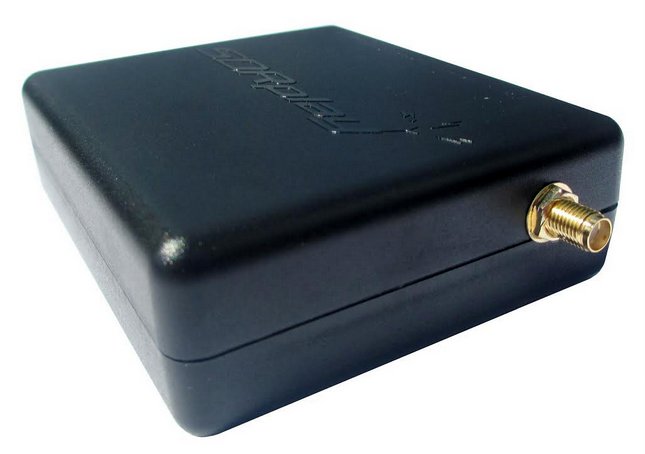 The SDRplay RSP is a wideband full-featured SDR which covers all frequencies from 100KHz up to 2 GHz. At time of posting, the RSP is one of the most affordable, full-featured, SDRs on the market. The RSP allows for monitoring and recording up to 8MHz of spectrum at a time. An open API allows developers to create new demodulators or applications around the platform.
The SDRplay RSP is a wideband full-featured SDR which covers all frequencies from 100KHz up to 2 GHz. At time of posting, the RSP is one of the most affordable, full-featured, SDRs on the market. The RSP allows for monitoring and recording up to 8MHz of spectrum at a time. An open API allows developers to create new demodulators or applications around the platform.